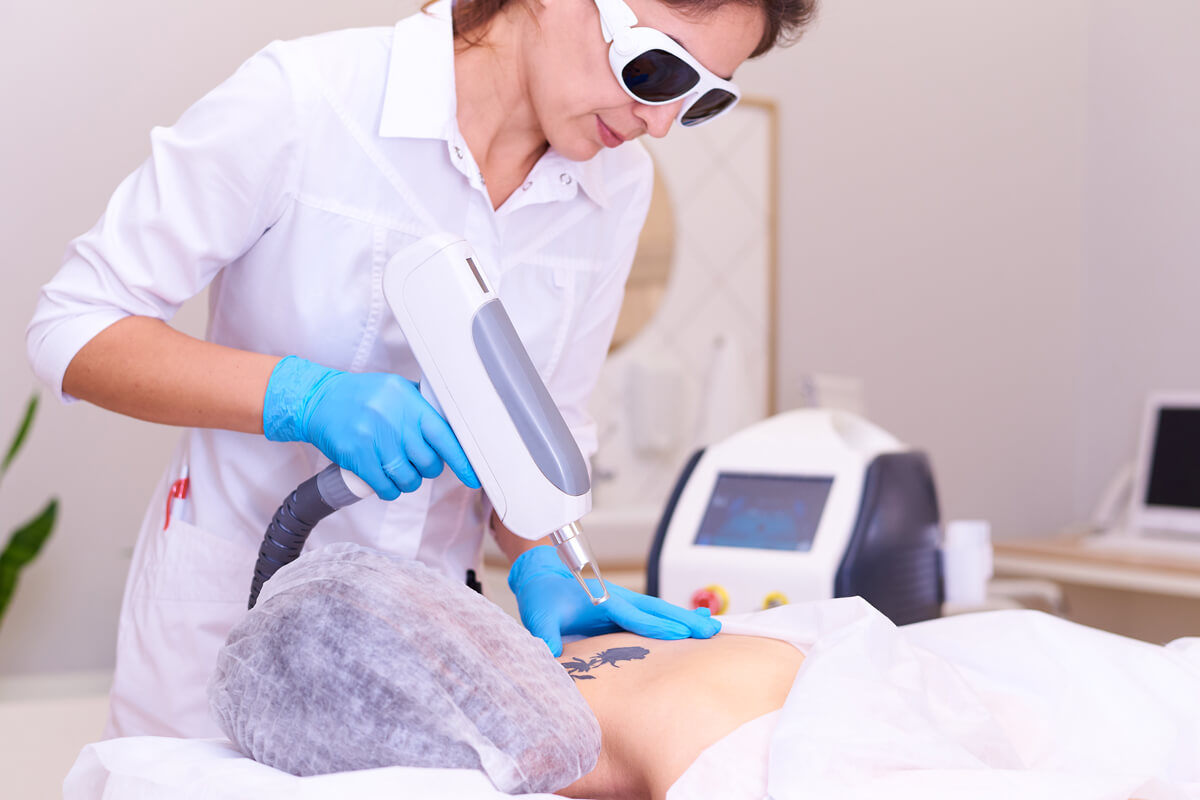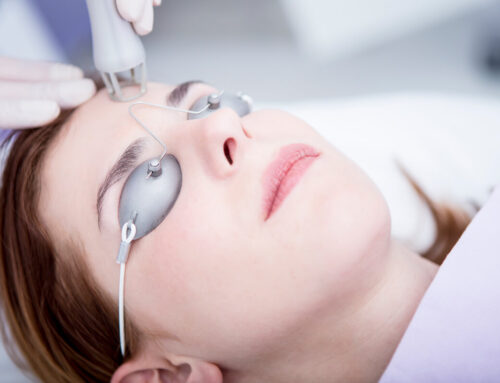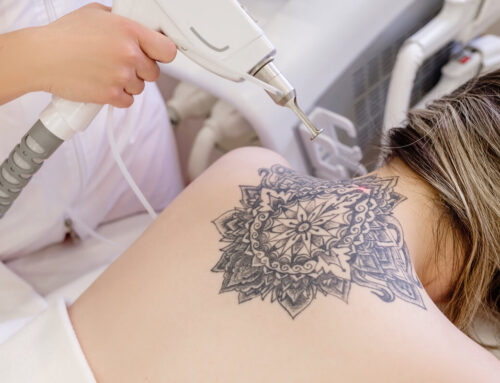A regrettable tattoo can result in stress and annoyance. Tattoo removal procedures have only been to fade the ink. However, new contemporary technologies have made tattoos to become far less permanent. One of the most promising methods for permanently removing tattoos is the PicoWay laser. The PicoWay laser is a non-invasive technique that puts the well-being and safety of the client first. PicoWay provides a less painful, more effective tattoo removal option that even removes hues like blue and green that are known to be tough to treat.
How does picoway laser work?
It works by delivering high peak power and brief pulse durations to the treatment site. It causes a non-thermal, photoacoustic impact on the skin, which breaks apart pigments beneath the skin’s surface, thereby tackling problems at the deepest dermal layers. It can treat both tattoos and benign pigmented lesions. The PicoWay laser also encourages your body to produce natural collagen, enhancing your skin’s appearance. PicoWay is an anti-aging procedure that helps tighten your skin and keep you looking young.
What is the difference between picoway and other tattoo removal methods?
The two advantages of PicoWay over other laser tattoo removal techniques are effectiveness and comfort. Comparatively speaking to other similar devices, the PicoWay laser is more powerful. Tattoos are difficult to erase because the ink particle size is too large for the body to discharge naturally. Picoway breaks the ink into smaller particles which the body can absorb and release. Many people are hesitant to undergo tattoo removal procedures, regardless of how much they regret getting them, simply because the procedures are painful. The highly brief pulse lengths used in PicoWay are intended to reduce pain, making it one of the most relaxing methods for getting rid of tattoos.
How does the picoway tattoo removal process work?
Our doctors at Eye Candy VBC will first apply a numbing medication which gives you comfort throughout the treatment. The treatment region is then treated with the PicoWay handpiece. Sessions typically last between one and fifteen minutes. However, longer times may be necessary for larger or more vibrant tattoos. While PicoWay is significantly more comfortable than most laser tattoo removal methods, you will feel discomfort while having the treatment done. However, most clients describe the pain felt as minimal. Discuss your concerns with our doctors before the procedure if you have a low pain threshold. They might be able to come up with solutions to manage your discomfort better.
How does recovery feel?
Recovery from tattoo removal is usually minimal and not different from the healing process after getting a tattoo. You will feel minor soreness after therapy for the first couple of days. Some patients might be advised to cover the treatment area with a bandage. Typically, over-the-counter medicines and lotions can be used to treat the pain. A cold compress can also be used to calm the treatment region. Within a week, any discomfort should go away. Our doctors may suggest a topical antibiotic. You should refrain from touching the treatment site for the first few days and only use the products we recommend. It is also important to stay away from the sun during the healing process.
After receiving PicoWay laser therapy, you might need to take the remainder of the day off. Most people can resume their regular activities the following day. Individual healing times do, however, vary. Make sure to inquire about your exact timing with your practitioner. The danger of adverse reactions is extremely low with PicoWay therapy. Redness, swelling, pinpoint bleeding, and purplish patches can occur in some people. Most adverse effects will go away on their own, but if any problems continue a week or longer after treatment, speak with your doctor.
How many sessions will I need for treatment?
Most clients go through at least four to six sessions. Several factors can determine the number of treatments needed to remove tattoos successfully. Fair skin requires the least amount of treatments, while darker skin tones require more treatment for total removal. Another factor is the location of the tattoo on your body. The chest, neck, upper arms and any other body part that receives much blood flow or near lymph nodes respond best to treatment, while the fingers, ankles, and feet require more treatments for optimal results.
The color of the ink also affects the ease of tattoo removal. While darker colors, especially black and red, respond best, multi colors such as light blue, green and yellow will always require more treatments. The amount of ink saturation significantly impacts tattoo removal, such that higher ink density pieces require a conservative approach and more treatments than a homemade, lower density tattoo. Tattoos with scars or tissue changes can also take longer to remove, requiring more treatment visits. Furthermore, patients with darker skin tones are more susceptible to scarring after getting a tattoo. Cover-ups or layered tattoos refer to tattoos on top of another one. Due to the heavily dense and saturated nature, more tattoo removal treatments are required in such cases.
Conclusion
Although a regrettable tattoo can be upsetting, innovation such as the Picoway tattoo removal procedure has brought hope! Unwanted tattoos can be effectively removed with the aid of the PicoWay laser. Treatment benefits include the low danger of adverse effects, quick recovery, and little to no discomfort. Despite the fact that it could take several treatments to achieve your desired results, most patients are satisfied with the outcome. Have you been thinking about getting rid of an unwanted tattoo? Our doctors at Eye Candy VBC have a lot of expertise using the PicoWay laser. Make an appointment today to discuss your choices.
MEDICAL ADVICE DISCLAIMER: All content in this blog and description including: information, opinions, content, references and links is for informational purposes only. The Author does not provide any medical advice on the Site. Accessing, viewing, reading or otherwise using this content does NOT create a physician-patient relationship between you and its’ author. Providing personal or medical information to the Principal author does not create a physician-patient rela-tionship between you and the Principal author or authors. Nothing contained in this blog or it’s description is intended to establish a physician-patient relationship, to replace the services of a trained physician or health care professional, or otherwise to be a substitute for professional medical advice, diagnosis, or treatment. You should consult a licensed physician or appropriately-credentialed health care worker in your community in all matters relating to your health.




